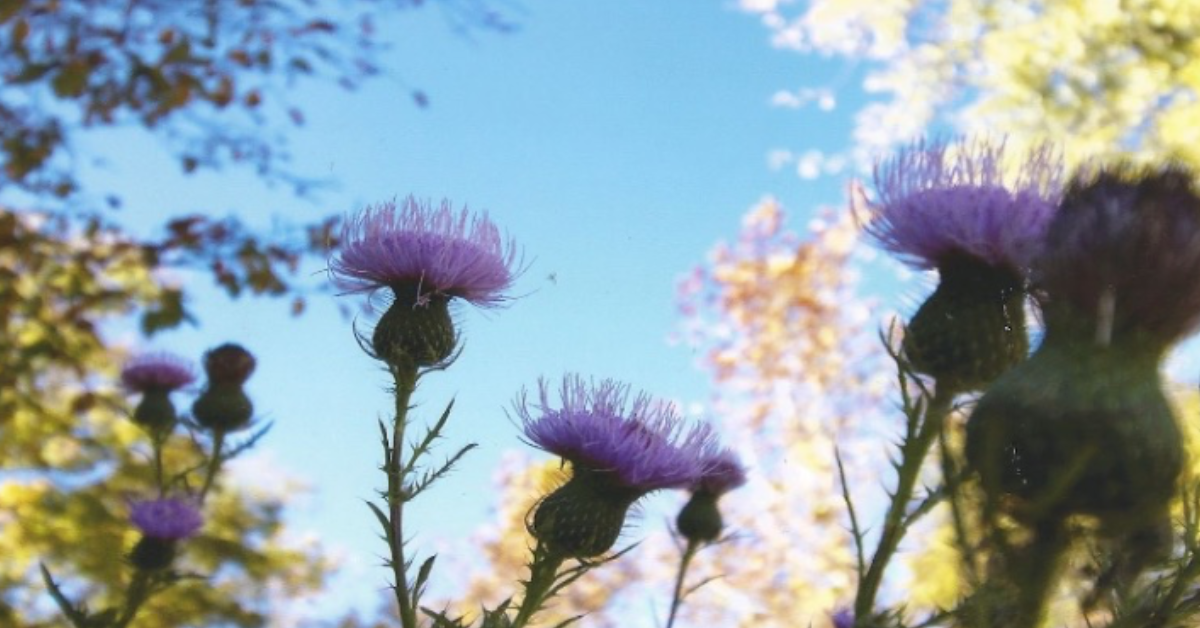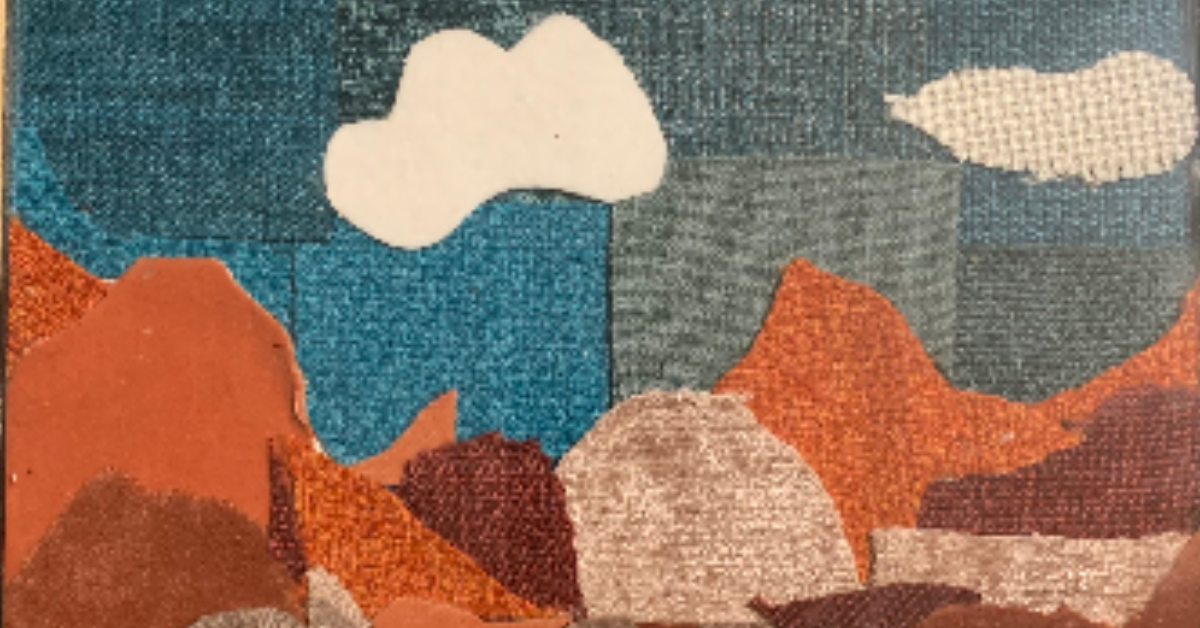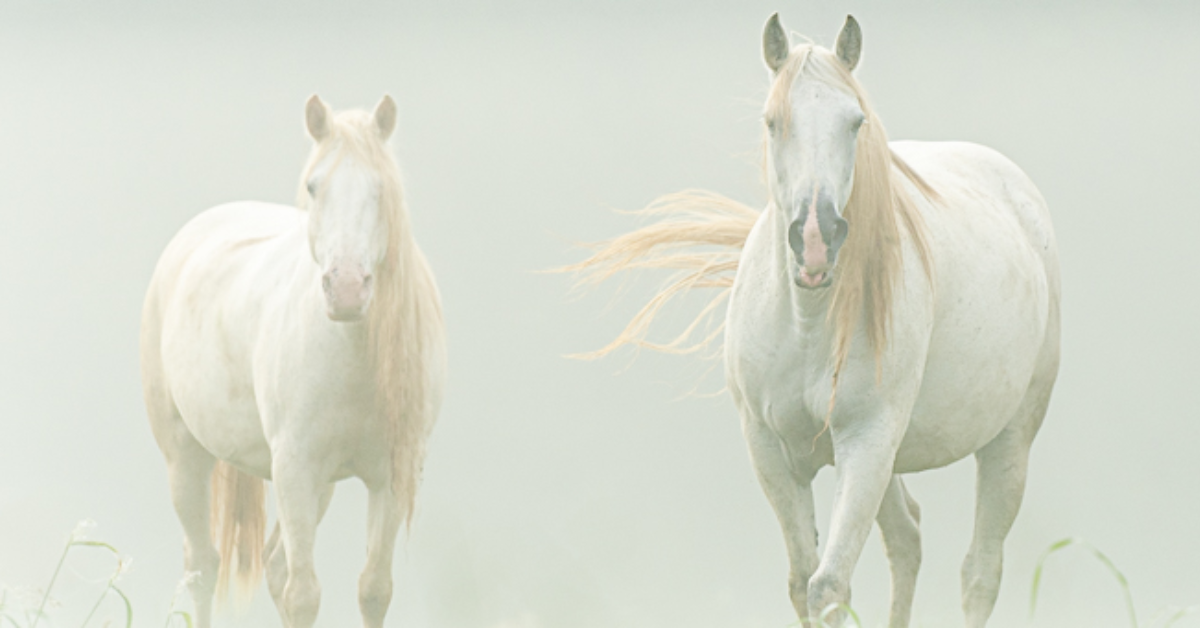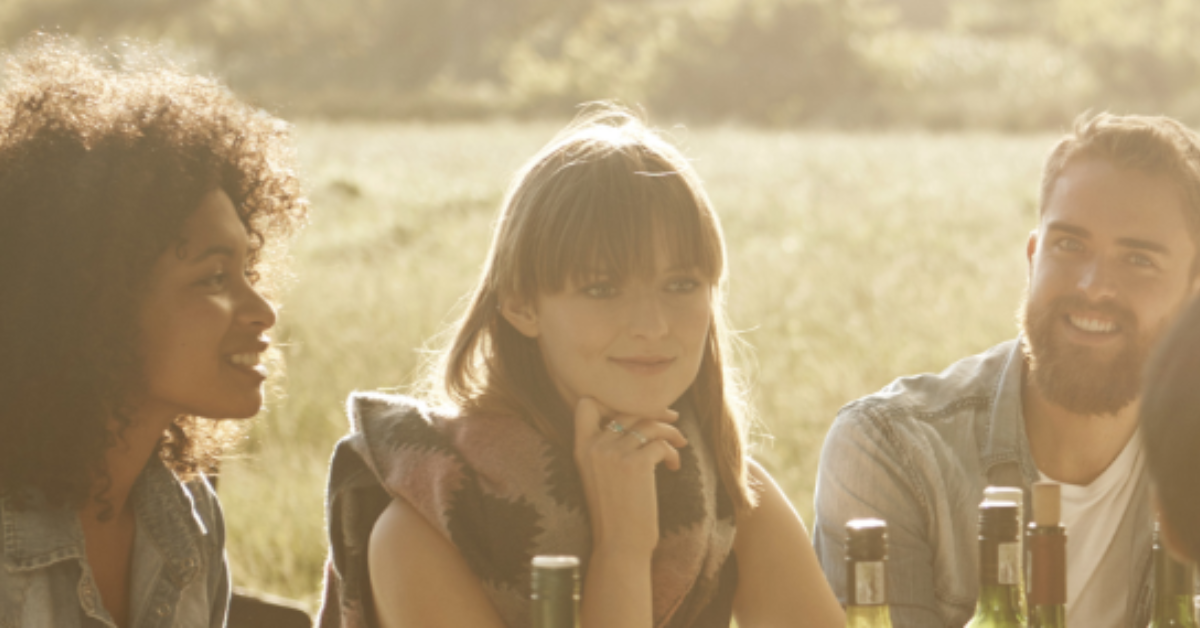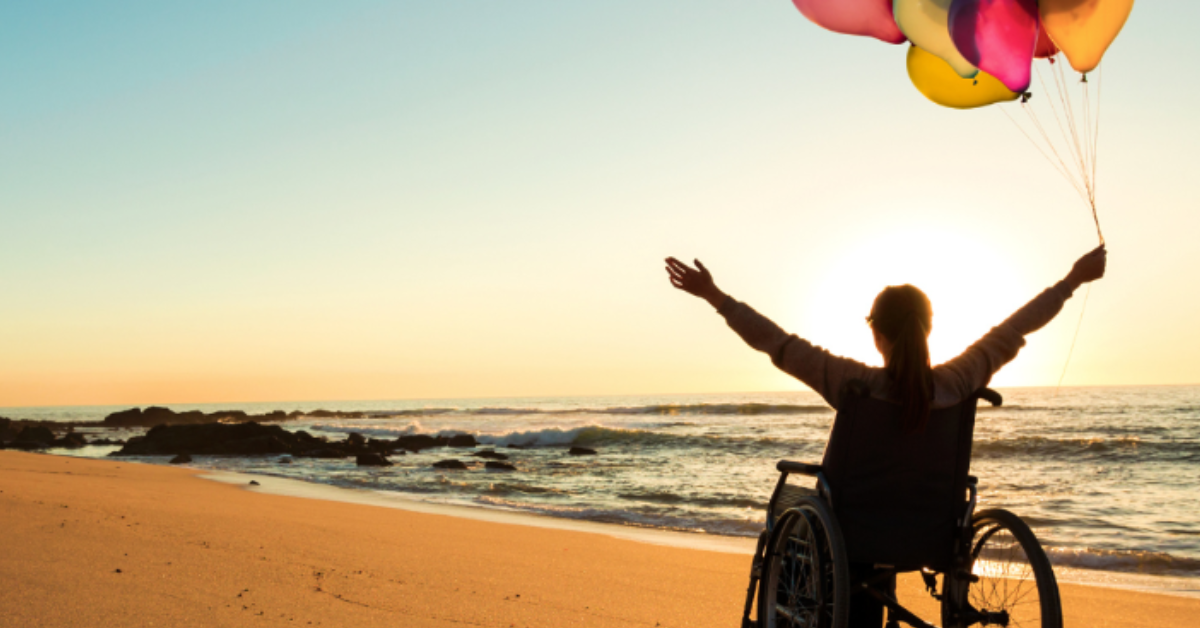Last year, the COVID-19 pandemic shut down economies worldwide. Hawai‘i’s main industry, tourism, abruptly closed. Lockdowns created panic, and product shortages and long lines became the norm. With the interruption of goods that had regularly flowed into the state like clockwork, the focus turned toward cultivating gardens and growing our own food, practicing self-sustainability, helping those in need with food drop-offs and pick-ups, then wondering if, as a state, we were making full use of agricultural lands.
The pandemic created a resurgence in Hawai‘i. It reminded us of the importance of mālama ‘āina (caring for the land); respect for the natural world and fostering a strong connection to it; practicing a circular economy by taking only what we needed. This was, and still is, how the Kānaka Maoli (Native Hawaiian people) lived, and continue to live, their lives. With the pandemic, it was time for all of us to reconnect to the land and the natural ecosystem.
“Aloha ‘Āina means ‘love for the land,’” explains Ka‘ula Diamond, a Kanaka Maoli and cultural programs manager at Waimea Valley. “When you mālama ka ‘āina, take care of the land, the land will take care of you. If you were industrious in growing your food plants, you would be blessed with an abundance of food.” (1)
The perfect example of this is the land system once used by the Kānaka Maoli, who were governed by ali‘i (chiefs, royalty).
All land on each of the Hawaiian Islands was held in trust by the respective island’s highest-ranking ali‘i. Each mokupuni (island) was divided into moku (smaller parts). Each moku was divided into ahupua‘a that was ruled by an ali‘i and administered by a konohiki (overseer), who regulated the use of land, freshwater and ocean.
The moku and ahupua‘a (within the moku) were wedge-shaped, stretching from the narrowest point in the uplands or mountain areas to the widest portion along the shoreline. The idea behind this designation was that each ahupua‘a followed the natural boundaries of the watershed whether it was a stream or spring. The size of each was determined by the fertility of the soil. Agricultural regions that were nutrient-deficient were split into larger ahupua‘a as compensation (2).
Ahupua‘a were made up of ‘āpana (three sections) — the uka (uplands), kula (the mid-section or plains) and kai (lowlands or seaside).
“Nearly everything that grew naturally that could be gathered or could be farmed, provided everything that was needed to sustain daily life,” says Diamond. “Trading and bartering between those who lived in these ‘āpana was a part of everyday life. That is aloha, to share what you have with those who do not have. For example, the fisherman exchange fish and salt for taro, sweet potatoes and bananas.
“What was, still is, today,” continues Diamond. “We have been regaining the knowledge lost to most Hawaiians (though some never lost it) as a result of colonization and the introduction of Christianity.”
It’s her belief that the Hawaiian ancestors, as well as the Kānaka Maoli of today, tried/try to find their place within nature’s cycle. The intent is not to reign supreme over the environment, but to find their rhythm within it. Everything was done purposefully, with intention. Pule (prayer), to ask or acknowledge with a humble heart, was done toward one’s kūpuna (ancestors) if guidance was needed for the task at hand.
“The pandemic has shown how Hawaiians can be self-sustaining in today’s society,” says Diamond.
“Those who continue to work the ‘āina have shared so much of their bounty with so many families, for many, with no exchange of money. We know that by following the cultural practices of our ancestors, we can support ourselves. We need to have a land base to farm. We need to have access to the ocean to fish and gather. We are restoring fishponds that one day will be able to feed many people.”
Every country has its own Indigenous Peoples whose culture, traditions and practices have been partially, if not all, lost to younger generations due to colonization and even mainstream society.
But there has been a movement to regain this lost or forgotten knowledge in many places around the world. In Hawai‘i, many more of today’s youths are aware of Hawaiian culture and practices — Kānaka Maoli or not.
“All the good work being done to preserve, protect, restore and use the many cultural sites ‘i ka pae‘āina o Hawaii’ (all islands of Hawaii Nei) is a nation regaining and relearning the knowledge passed down from our ancestors that happened to skip a few generations,” says Diamond. “Hawaiians are also creating and evolving new cultural sites and practices based on the foundational knowledge given to us. It’s important to continue to kūkākūkā (discuss, talk story) about what and how we are relearning and regaining this knowledge so we can, in turn, pass it on to the next generation.”
The pandemic has truly changed the lives of many, some for the better. Perhaps, if there is one perspective that many can share, it’s that the pandemic removed the blinders that had kept us bound to the constant cycle of work, deadlines and daily pressures. It then revealed the simple joy of living, of just being.
It also gave us the opportunity to reconnect with the natural world, to appreciate the return of wildlife, and to listen to their songs once again. We practiced — if even just a little — what it meant to be in one with the land, to work with our hands as our ancestors once did, and to find our places within it.
Families coming together may have also passed knowledge from one generation to the next — the beliefs, traditions, the stories. In doing so, the opportunity to treasure what we have and absorb the wisdom of our kūpuna will spur the next generation to take action toward creating a more compassionate, caring and resilient future.
Facts from Amnesty International (3)
• 370 million people in more than 70 countries identify themselves as Indigenous Peoples
• There are 5,000 different Indigenous Peoples in the world
• 1/3 of the world’s 900 million extremely poor rural people are Indigenous Peoples
• 70% of them live in Asia


